
The Anahuacalli Museum is one of a kind. The only pity is that international visitors don’t tend to head here until their third or fourth visits to The City. Entirely conceived of by Diego Rivera, it’s a comprehensive setting for his own collection of pre-Hispanic art works. But it’s also a temple to celebrate architecture, music, artisan works, and theater, and all in a carefully crafted natural setting.
Because there’s so much to say about it, here are some basics to get you started:
Light rail stations Xotepingo and Nezahualpilli are each about a 15-minute walk from the Anahuacalli Museum.
 +52 (55) 5617 3797
+52 (55) 5617 3797
 http://www.museoanahuacalli.org.mx/
http://www.museoanahuacalli.org.mx/
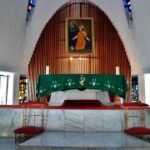
Nearest at 0.42 kms.
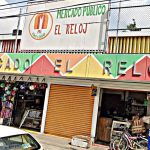
Nearest at 0.55 kms.
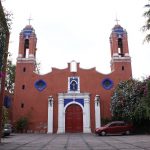
Nearest at 0.57 kms.
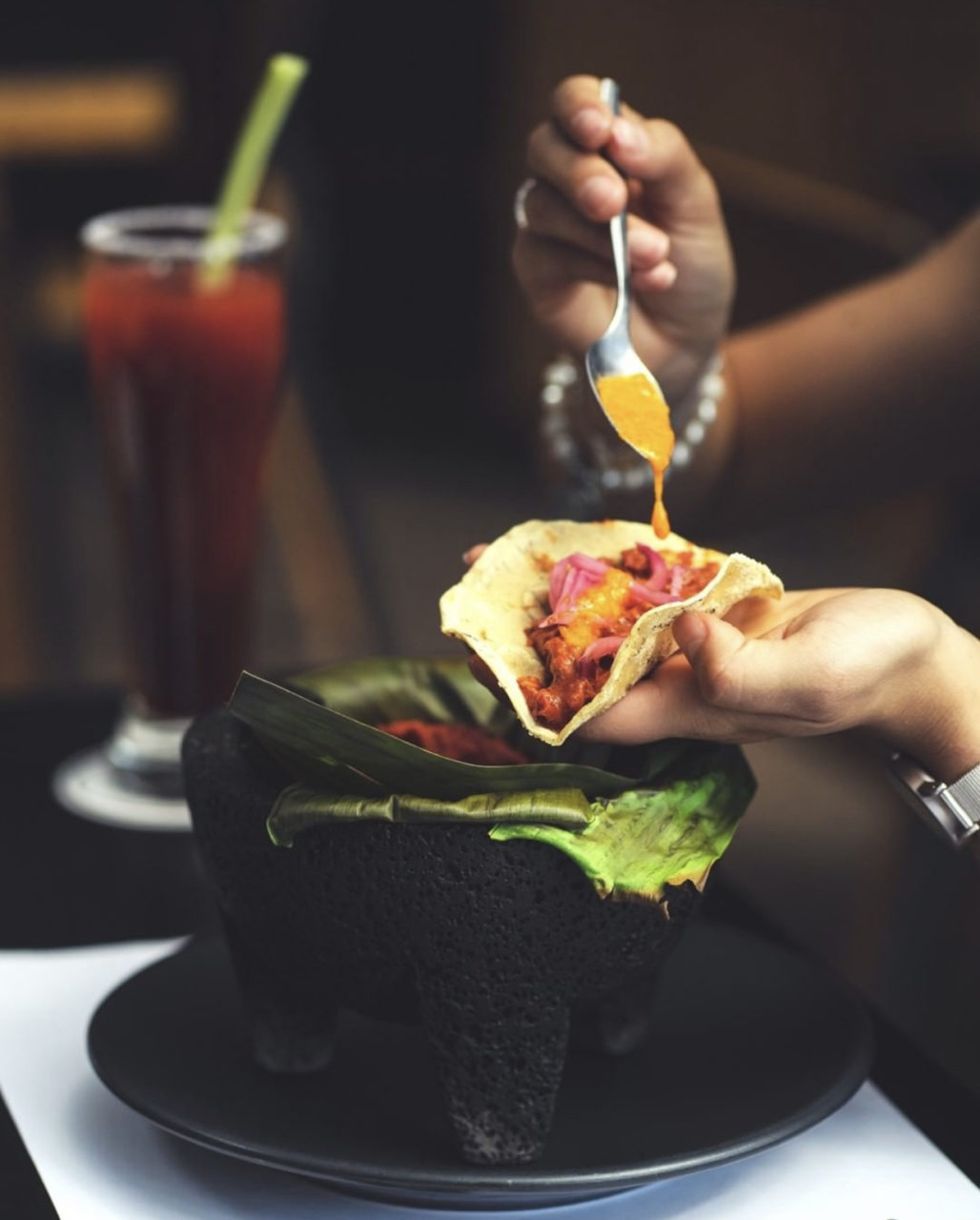


One of the most important sites in the city, even today, don't miss the chance to visit the Templo Mayor.
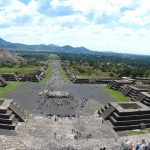
An essential stop for first-time visitors to Mexico City.

One of the city's newest archaeological sites, it's one of the oldest and deepest of shrines in the Valley.
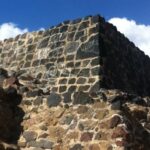
One of the oldest and most significant archaeological zones in Mexico City.
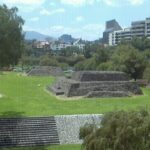
A museum, one of the only round pyramids in the country, and a history as deep as it is broad, Cuicuilco is not a site to be missed.